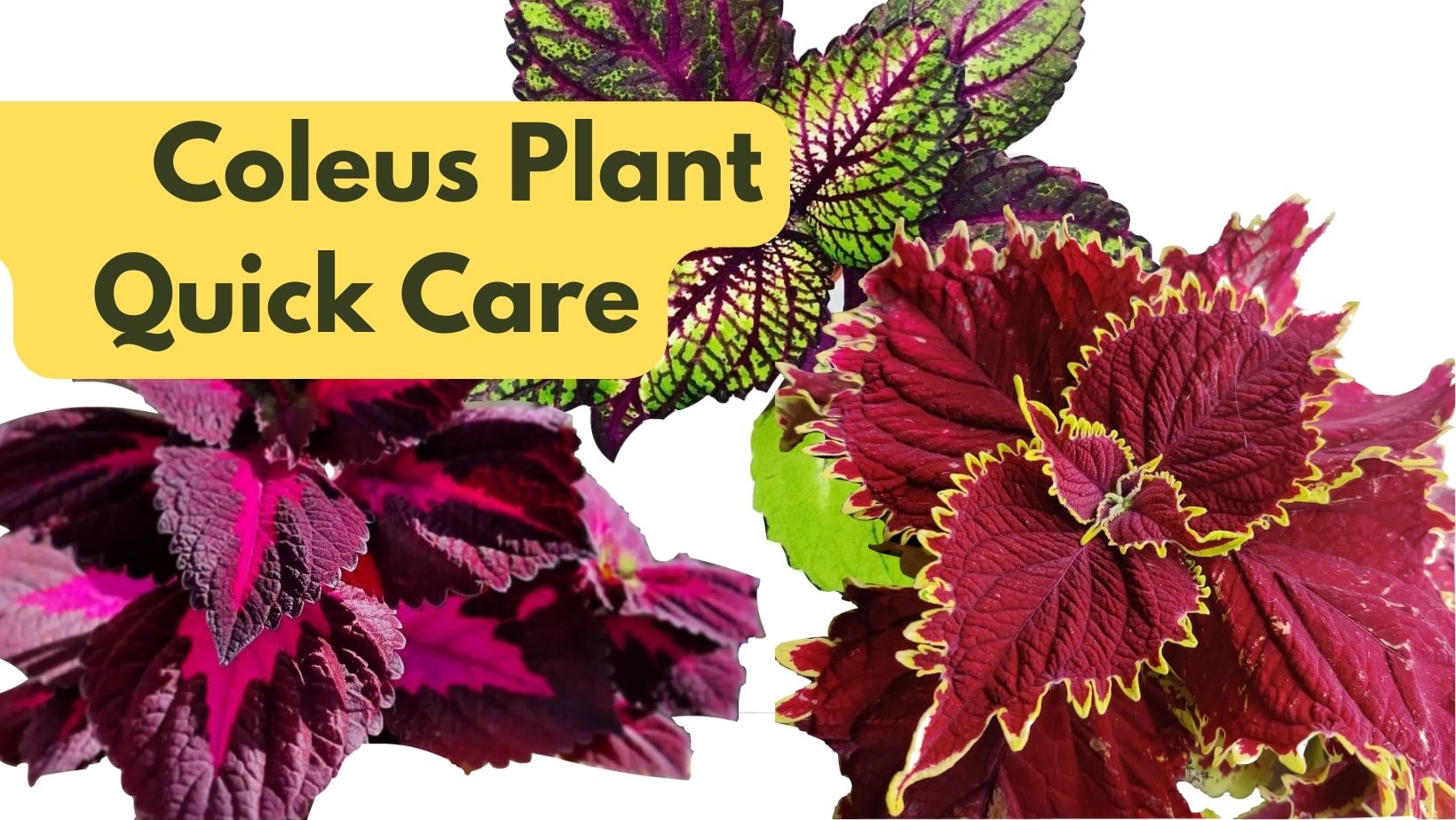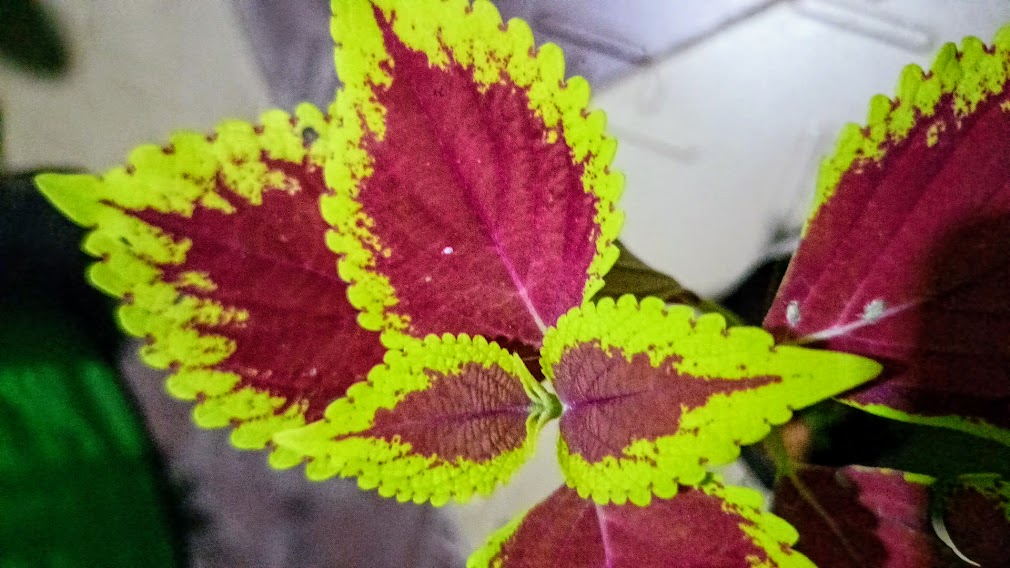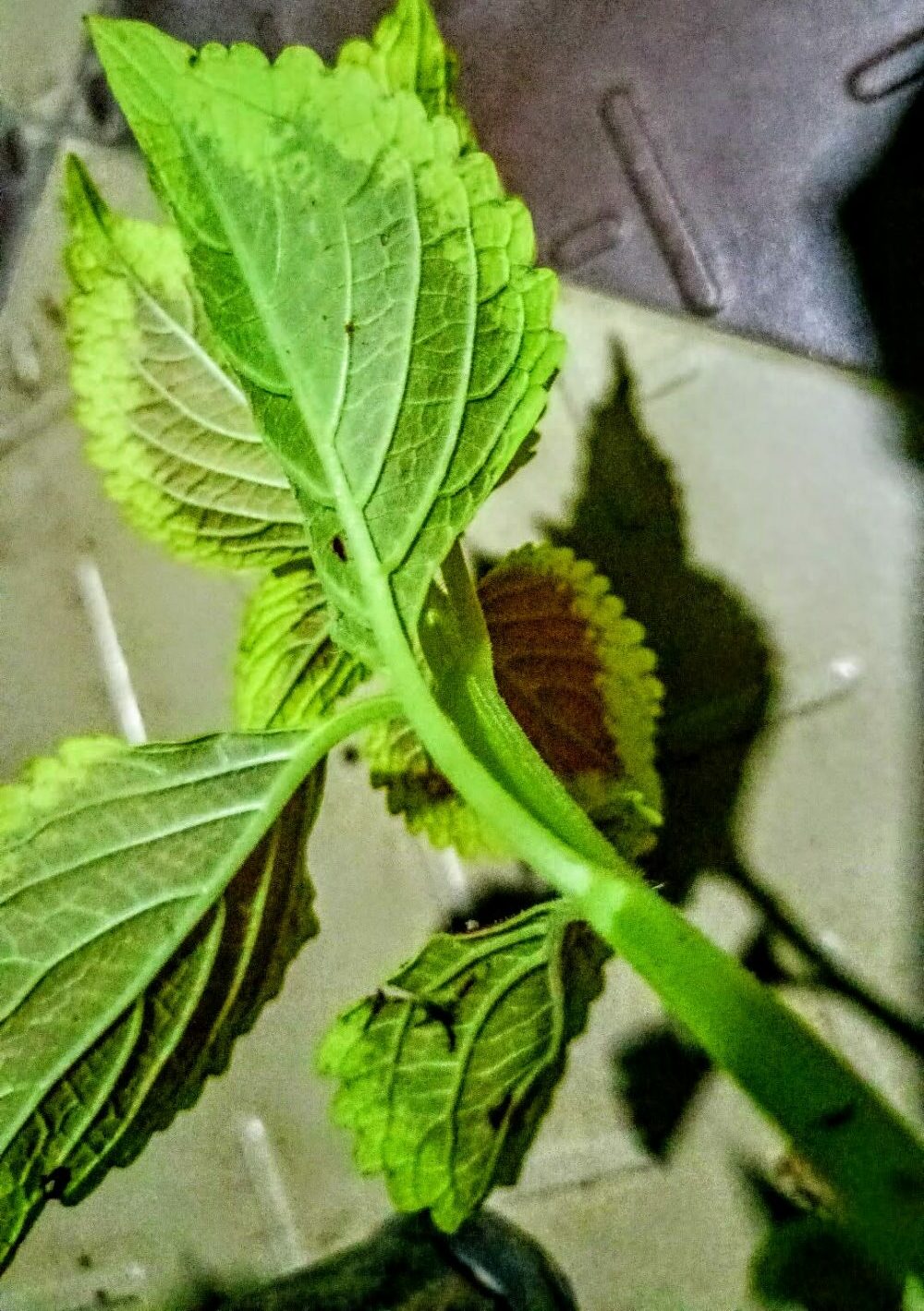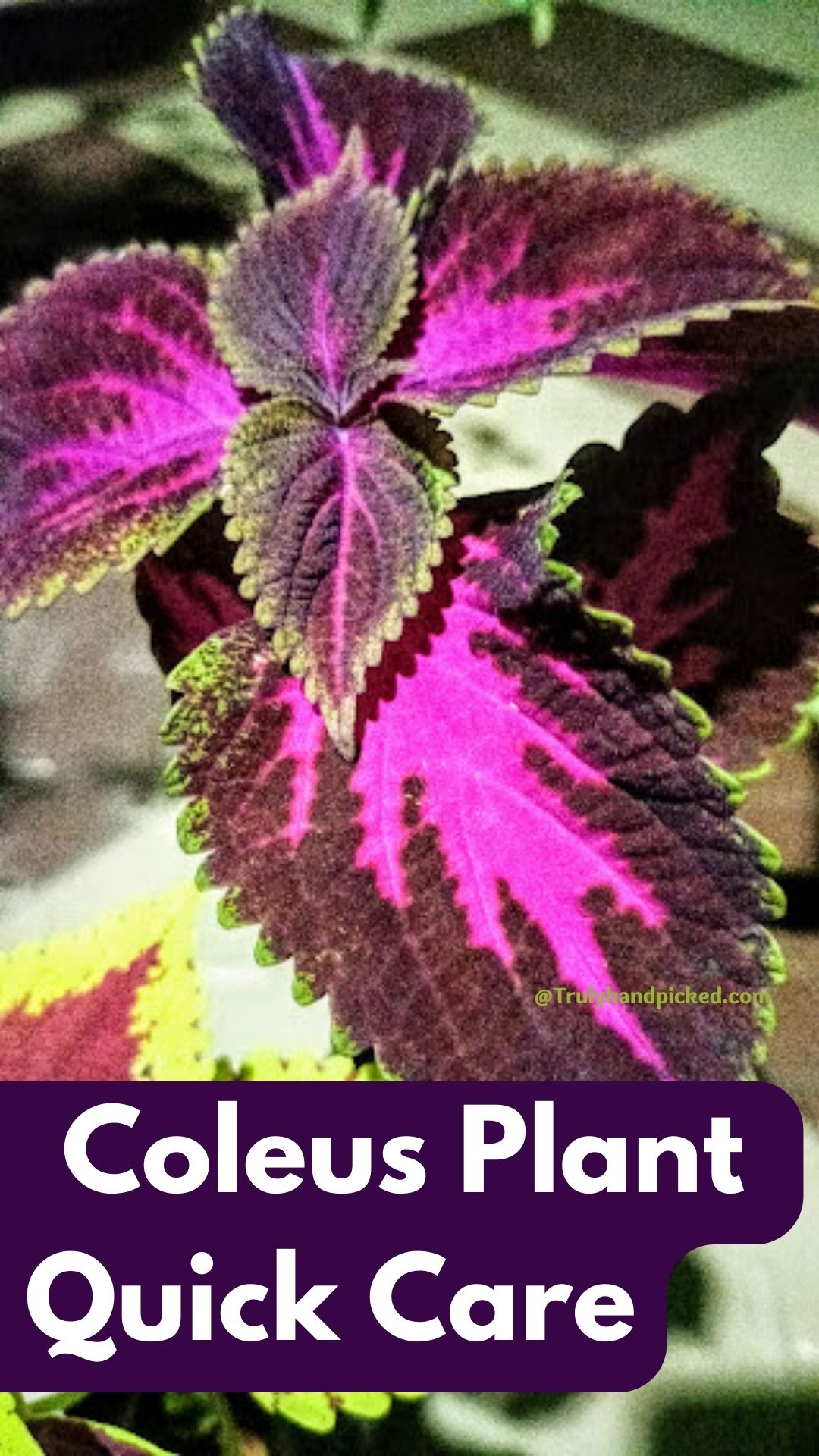Coleus plants are one type of ornamental perennial shrub. Its super-variegated and vibrant foliage makes this a must-have decorative plant for your house. Coleus plants grow in various forms including succulent, tuberous, rootstock, and fleshy conditions.
Despite bringing an ideal outdoor plant, you can cultivate this species effortlessly in a restricted indoor area. Native to the old tropical and subtropical regions, a coleus (painted nettle) plant is malleable for common home temperature. Here are some important facts to know about a growing coleus plant to give it the best thrive you can-
Coleus Plant Care Quick Tips: Soil Mix, Watering & Sunlight
- Soil: Coleus plant prefers rich, evenly moist, loamy, and well-drained type soil. Prepare the soil with a moderate amount of perlite and keep the pH level acidic to neutral.
- How often to water: A coleus plant needs moist soil constantly, so, keep the watering schedule regular. Water your plant two times a day during scorching summer and once in normal seasons.
- Fertilizer: Make soil rich enough during the plantation with compost and organic matter. Besides, apply a slow-release water-soluble fertilizer once a month, especially to the potted coleus plants.
- Sun Exposure: Coleus plants are not sun-loving species. So, try to keep your plants away from direct sun exposure. Keep your plant under the sun with partial to full shade. However, make sure that your plant is getting 5-6 hours of bright light source every day.
- Climate: Due to being a tropical species, coleus plants always seek warm conditions to thrive well. Keep the planter at a temperature between 60° – 75° F and prefers high humidity that provides your plant with the best growing condition.
- Pruning: Coleus plants, especially the bigger ones need to be trimmed annually with proper procedure. To do the pruning, find the big and old foliage from the plant and trim them down right from the base of the leaf. Try to tie a small steak up to boost the growth of newly germinated stems properly.
- When to Repot: you can do the replantation of the coleus plant once every 1-1.5 years if you choose the bigger-foliage variety from the species. Choose a 5-6 inches bigger (in-depth) pot to replant your overgrown coleus plant. Never damage any part of a coleus plant during repotting.
- Pests and Bugs: Mealybugs, whitifies, aphids, spider mites, slugs, fungus gnats, etc. are some common pests and bugs you may have around a growing coleus plant. Wash your plant flush with water or apply organic remedies like neem oil or soapy water t get rid of the harmlessly.
Quick Read: How to take care of low-light tolerant English Ivy.
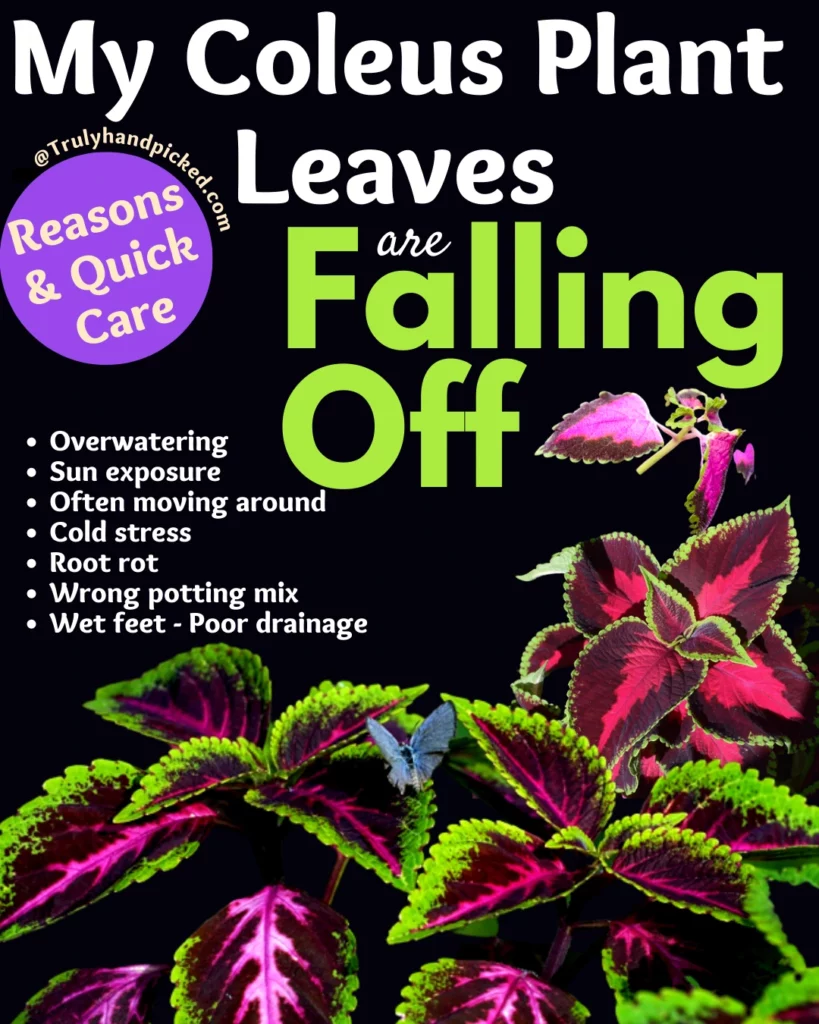
Reasons & How to Fix: Coleus Plant Leaves Falling Off?
Losing leaves or dropping leaves is one of the commonest issues a coleus plant could have, during its initial days. Let’s be a little enlightening about what are the reasons work behind this problem and how to deal with it expertly-
Causes:
- Improper watering like overwatering or underwatering
- Using of wrong growing medium like a wrong potting mix or reused potting mix (without amendments)
- Unsuitable lighting conditions like too much sun exposure
- Providing insufficient temperature like below 50° F temperature
- Too much window exposure
- Fluctuation in growing condition
- Inattentive pests or bugs issue
Related: Save a dying dracaena marginata tree & also Learn about the reasons and remedies to fix dropping leaves of weeping fig.
How to Save:
- Water your plant only in a mild amount and make sure every time it drains the excess water well
- Use a potting mix that is suitable for a coleus plant and rich with an organic fertilizer like compost or matter
- Keep your plant at a consistent temperature that is adaptable for your plant
- Place your planter away from the open window to keep protected from drafts
- Don’t change the spot of your growing coleus plant often by moving it frequently
- And get rid of any pest or bug infestation from your plant as soon as you detect them on a growing coleus plant.
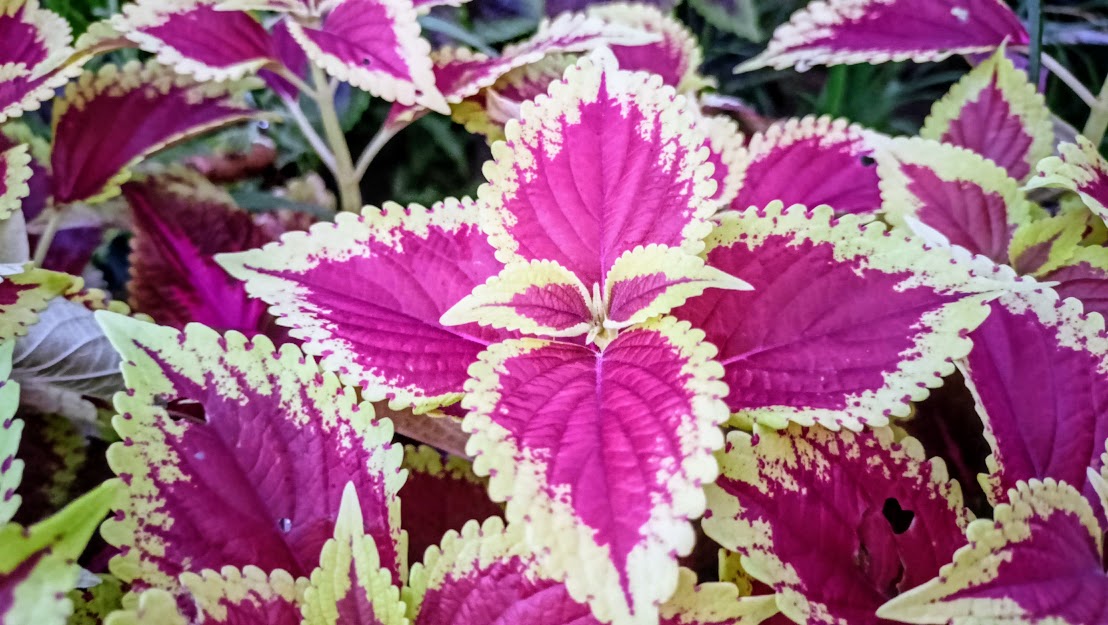
How to Propagate Coleus:
Supplies You Need:
- A Pruner or scissor
- A Glass with distilled water
- A plastic planer
- Potting mix suitable for coleus
- And a sprayer
Methods:
- Find a freshly grown stem with several new leaves on your parent coleus plant
- Cut that stem about 4-6 inches above the leaf node with the help of a disinfected pruner
- Pluck off the leaves from the below section of the stem and leave 2-3 leaves on the top
- Put that cutting in a glass of distilled water by keeping the end section submerged in water
- Place the glass in a moderately warm, highly humid spot with indirect sunlight
- Wait for 3-4 weeks and new roots will initiate shortly from the bottom of the cutting
- Let the roots grow about 1.5-2 inches long, and then, replant the cutting in a new pot prepared with fresh potting mix.
Related: Why my Schefflera plant dropping leaves
Coleus Lifespan: How Long Do Coleus Plants Live For?
Generally, coleus plants are not very long-lived plants. It can merely be one year despite proper care and attention. However, you can prolong the life of a coleus plant by pruning and repotting it in time.
Try to trim off the small flower buds before blooming to extend the life span of a coleus plant for a little more, naturally.
Pests & Problems of Coleus?
Apart from this problem, your growing coleus may face many other troubleshooting issues due to morbid growing conditions. Some typical deadly issues of a coleus plant, are-
- Rotten roots due to waterlogged issue
- Yellowing leaves
- Falling leaves
- Browning tips on the leaves
- Mildew infestation
- Holes in leaves
- A sick and weak plant
- And sometimes a dying coleus plant
Quick read: How to take care of peace lily browning leaf tips.
To avoid the grasp of these fatal issues, try to provide your coleus plant with its entire requirements exactly, as it needs. Also, be attentive and always stay updated about the tiniest apprises of your coleus plant. So then, you will take the recovering methods instantly, once any troubleshooting hits your plant ever!
All About Coleus:
A coleus plant is surely very beneficial for a grower due to its several benefits. Parts of healthy coleus plants contain several medicinal values, which give this plant a value of an herb. Apart from its attractive look, a coleus plant holds many other benefits (without a health expert or doctor using it is still not advisable – keep it just as a piece of information) to treat plenty of chronic illnesses in humans, such as-
- Glaucoma
- Asthma
- Cardiomyopathy
- Psoriasis
- Obesity
- Hypertension
- Congestive heart failure
- And sometimes, insomnia
Above all, it is clinically proven, that some properties of coleus help in blood circulation in the human body. Ingestion of those agents, dilate the blood vessels and enhance the forcefulness of the human body.
This process improves the procedure through which the heart pumps blood. Hence, a coleus plant can work for the upgrading of our overall health expertly, and that makes this plant so special among the other equivalents.
Is Coleus Poisonous?
Despite its numerous health benefits, a coleus plant is considered a toxic plant to have in a house. It is poisonous to both humans and animals. So, you must be very careful while having a coleus plant inside along with a house pet or a growing baby or toddler in the house.
Why Is Coleus So Poisonous?
This plant contains some toxic elements like diterpene coleonol and coleon O. These properties provide noticeable annoying reactions to a person or an animal, who ingests any part of the coleus plant.
What Are The Reactions Could be?
- Inflammation
- Skin rash
- Vomiting
- Upset stomach
- Diarrhea
- Depression
- Drooling
How to Deal with This?
Medical diagnosis and treatment according to that diagnosis is the only way to get rid of the poisonous grasp of coleus you can give.
However, the better way is to prevent your pets or kids from coming into direct contact with this toxic plant ever. Try applying an impassable physical barrier to keep them away from reaching your coleus plant, if you have one inside the house.
